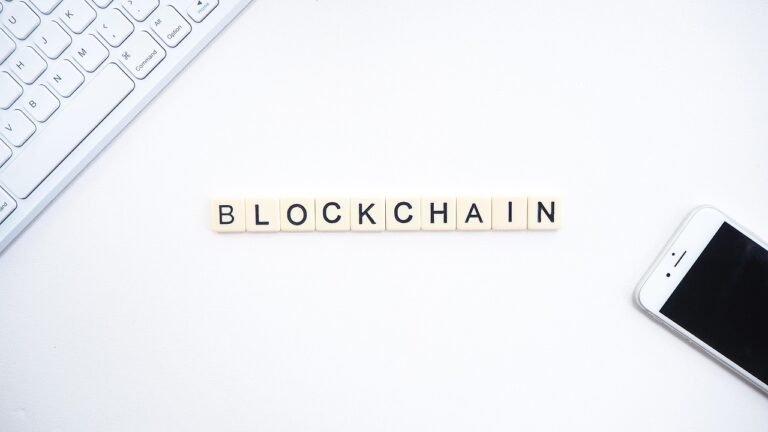The Solana network has emerged as a prominent blockchain platform, distinguished by its high throughput and low transaction costs. This performance has made it an attractive environment for a wide range of decentralized applications, from DeFi protocols to NFT marketplaces. Central to this ecosystem is the ability for developers and projects to launch their own digital assets. Unlike Ethereum’s ERC-20, tokens on Solana adhere to the Solana Program Library (SPL) Token standard, a protocol tailored to the network’s unique architecture.
Understanding the SPL Token Standard
The SPL Token standard provides a common set of instructions for creating fungible and non-fungible tokens on Solana. It defines the fundamental rules for how tokens are created, transferred, and managed. A key concept in the SPL standard is the distinction between a “Mint Account” and a “Token Account.” The Mint Account is created once per token type and holds global information, such as the total supply and the minting authority. Individual users do not hold tokens directly in their wallets; instead, they own specific Token Accounts that are associated with a particular Mint Account and hold their balance of that token.
Key Architectural Differences from Ethereum
The design of the SPL standard is a direct reflection of Solana’s high-performance architecture. While Ethereum uses a single account that stores balances for multiple users within the token’s smart contract, Solana’s model is more segregated. This account-based structure allows for parallel processing of transactions, which is a core reason for Solana’s speed and scalability. For the end-user, this translates into near-instantaneous transaction finality and fees that are a fraction of those typically found on Ethereum, making it ideal for high-frequency applications.
The Evolution of the SPL Token Launch Process
Traditionally, deploying a new SPL token required a degree of technical expertise. The process involved using the Solana Command Line Interface (CLI) to execute a series of commands that would create the mint account, configure its properties, and manage its supply. While effective, this method presented a barrier to entry for non-developers. In response, the ecosystem has developed user-friendly graphical interfaces that abstract away the command-line complexity. These modern tools allow anyone to launch a token by simply filling out a form with the desired parameters—such as name, symbol, supply, and metadata. An example of such a streamlined, no-code solution for launching SPL assets can be found at https://20lab.app/generate/spl-token/.
Strategic Planning for Your Solana-Based Asset
While these generation tools have democratized the technical process of launching a token, the strategic aspects remain as critical as ever. A successful project requires more than just a digital asset; it needs a robust tokenomic model, a clear use case or utility, and a plan for community engagement and growth. By simplifying the technical deployment, these platforms empower founders and teams to allocate more time and resources to developing the business logic and value proposition that will ultimately determine their project’s long-term viability on the Solana network.
Disclaimer: This article is for informational purposes only and does not constitute financial, investment, or legal advice. The cryptocurrency market is highly volatile and speculative. Always conduct your own research and consult with a qualified professional before making any investment decisions.
